Rising Awareness and Education
The Prophylactic Ebola Treatment Market is likely to benefit from rising awareness and education regarding Ebola and its prevention. Public health campaigns aimed at educating communities about the risks associated with Ebola and the importance of prophylactic measures are becoming more prevalent. Increased awareness can lead to higher demand for preventive treatments, as individuals and healthcare providers recognize the value of proactive measures. Educational initiatives may also foster collaboration between governments, NGOs, and healthcare organizations, creating a more robust framework for disease prevention. This heightened focus on education is expected to contribute positively to the market, as informed populations are more likely to seek out and utilize prophylactic options.
Government Initiatives and Funding
Government initiatives aimed at combating infectious diseases are expected to bolster the Prophylactic Ebola Treatment Market. Various countries have allocated substantial budgets to enhance their healthcare systems and improve disease prevention strategies. For instance, funding for research and development of prophylactic treatments has seen a notable increase, with some nations establishing dedicated programs to address Ebola. This financial support not only facilitates the development of new treatments but also encourages public-private partnerships, which can accelerate the availability of prophylactic options. As governments prioritize health security, the market for Ebola prophylactics is likely to expand, reflecting a commitment to safeguarding public health.
Advancements in Vaccine Development
The Prophylactic Ebola Treatment Market is poised for growth due to significant advancements in vaccine development. Recent breakthroughs in vaccine technology have led to the creation of more effective and safer prophylactic options against Ebola. Clinical trials have demonstrated promising results, indicating that these vaccines can provide robust immunity. As these vaccines receive regulatory approvals, their introduction into the market is anticipated to enhance the overall treatment landscape. The increasing efficacy of vaccines may also lead to wider acceptance among healthcare providers and the public, further driving demand for prophylactic treatments. This trend underscores the potential for innovation to reshape the market dynamics.
Rising Incidence of Ebola Outbreaks
The Prophylactic Ebola Treatment Market is likely to experience growth due to the increasing incidence of Ebola outbreaks in various regions. The World Health Organization has reported multiple outbreaks in recent years, highlighting the need for effective preventive measures. As the frequency of these outbreaks rises, governments and health organizations are compelled to invest in prophylactic treatments to safeguard populations. This trend suggests a growing recognition of the importance of preparedness in public health, which could drive demand for innovative prophylactic solutions. The urgency to develop and distribute effective treatments may lead to increased funding and collaboration among pharmaceutical companies, thereby enhancing the overall market landscape.
Emerging Markets and Healthcare Infrastructure Development
The Prophylactic Ebola Treatment Market is anticipated to grow as emerging markets enhance their healthcare infrastructure. Many developing regions are investing in healthcare improvements, which includes the establishment of better disease surveillance and response systems. As these markets develop, the demand for effective prophylactic treatments is likely to increase, driven by a growing population and heightened awareness of infectious diseases. The expansion of healthcare facilities and access to medical services can facilitate the distribution of prophylactic Ebola treatments, making them more accessible to at-risk populations. This trend indicates a potential shift in market dynamics, as emerging economies play a more significant role in the global health landscape.


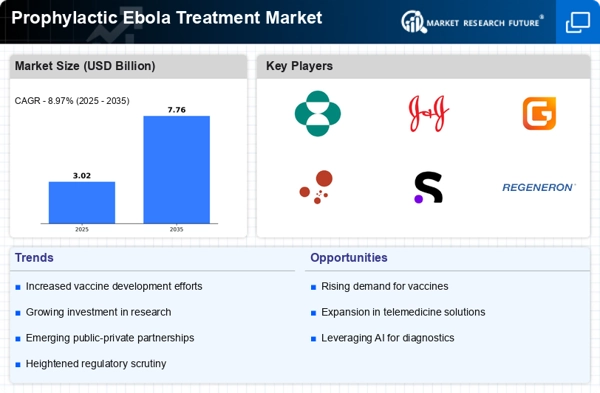
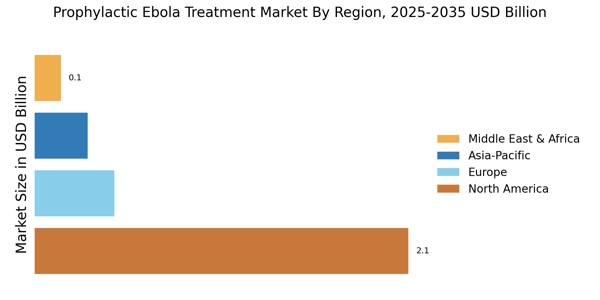
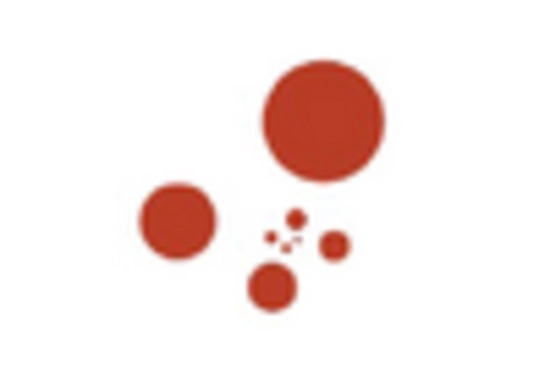
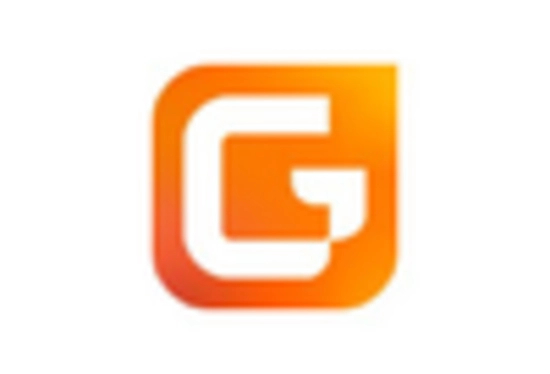


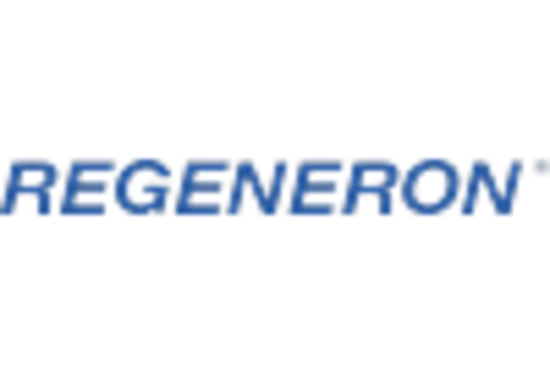









Leave a Comment